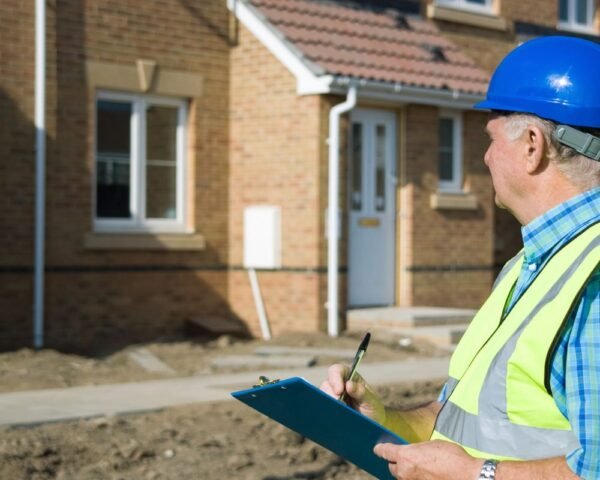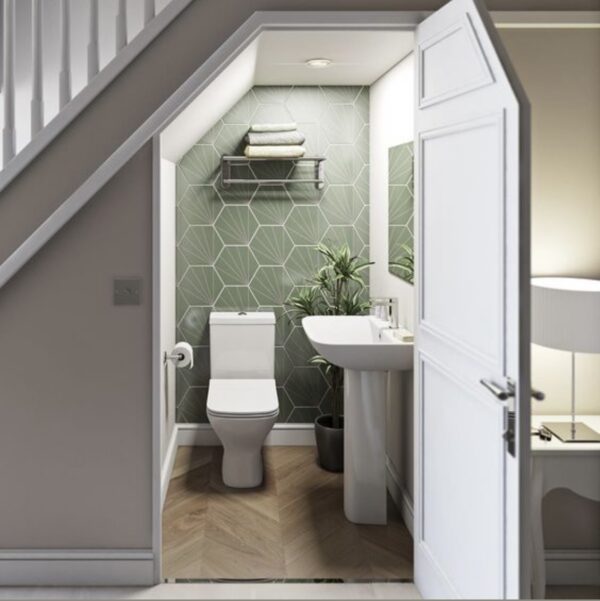
7 Things You Should Know About Adding a Downstairs Toilet to Your Home

There are many reasons why homeowners might consider adding a downstairs toilet to their home. You might want to add value to the home, cut back on queues for the loo in the mornings, or provide a dedicated space for guests to use. There’s also a lot to consider to help you make the right decisions and ensure that your downstairs toilet is suitable for your needs.
Any major renovations in the home should be undertaken by professionals with experience doing the same type of work. Adding on to your home doesn’t have to be overly complicated, especially when you have KBF Design Gallery to help you. Adding a toilet will require quality plumbing expertise, so you should look for professionals with plenty of experience and a track record of excellent service.
Adding Value To Your Home
One of the most common reasons for any home renovation is to add value to the property. A downstairs toilet is one of the most common additions to a property that can help it increase in value. Downstairs toilets are relatively cheap to install but can add up to 5% to the value of a property, making them an excellent investment.
Adding a downstairs toilet is often best done early, particularly if you’re doing up a home with a view to selling. The installation can take time, and it must be done to a high standard to offer you and all future owners excellent value.
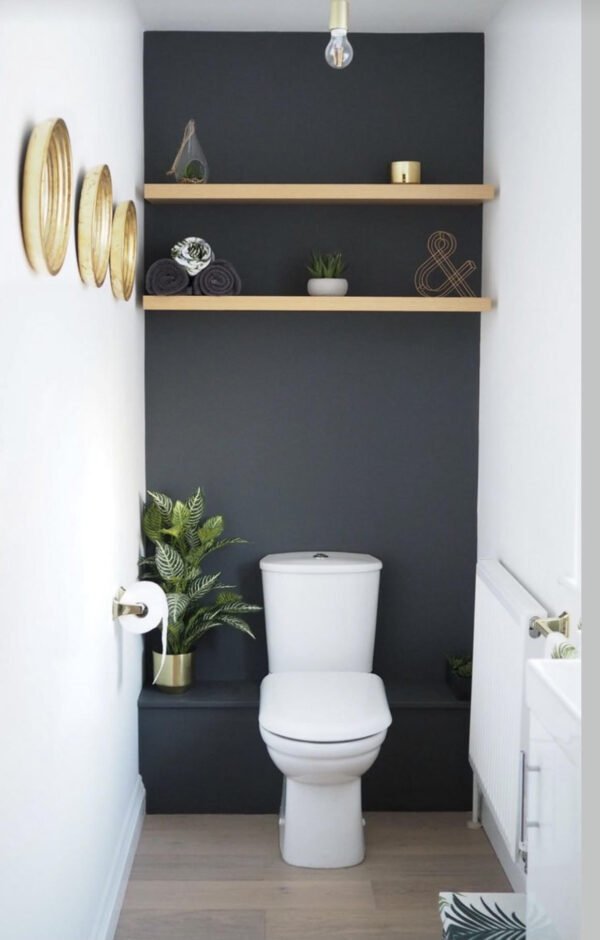
Gain Planning Permission
Some downstairs toilet installations will not require you to gain planning permission. For instance, if you’re adding a downstairs toilet to an unused space under the stairs. In other cases, planning permission will be necessary, such as when an extension is needed for the installation or if you live in a conservation area or listed building.
If planning permission is needed, you should gain this before any work is begun. This involves completing a form to submit to your local planning department. Each submission costs money, so you will need to ensure that your plans are suitable and properly laid out for the planning department to assess.
Decide On Your Budget
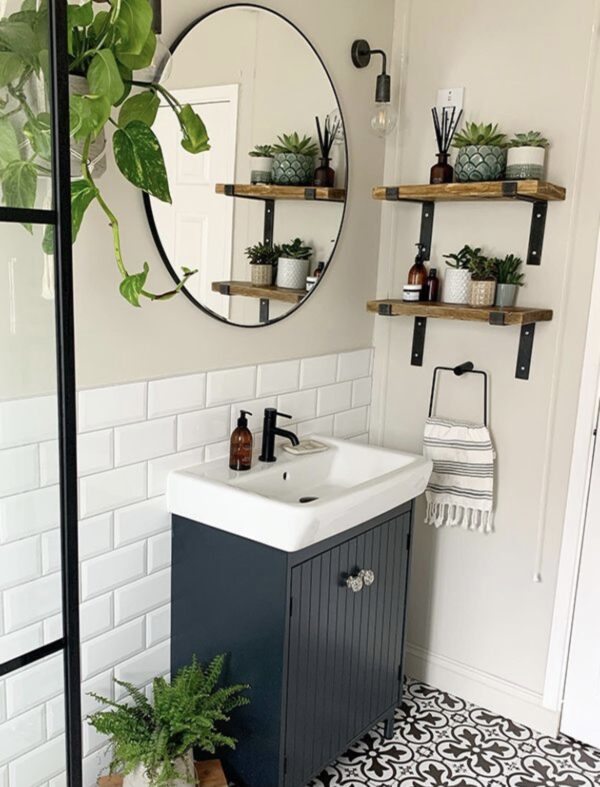
The budget you have will determine the size, style and type of downstairs toilet you install. Installation can some as cheap as £2,000 or as pricey as into the tens of thousands, depending on what you want for the space and how difficult it will be to achieve.
You should consider your reasons for installing the downstairs toilet when deciding on a budget. If you are installing it as a way of preparing for your future retirement needs, it is best to invest a little more in the space. However, if you are trying to add value to the property for a future sale, then it is best to keep costs as low as possible.
Find A Reputable Handyman And Plumber
When any work is done to the drainage and plumbing of your home, you need to know that it will be in the safest possible hands. This is why it is critical to find a reputable handyman-plumber to take care of the many aspects of the renovation. They should have experience with installing toilets and all of the extra requirements that come with the installation.
Hiring a handyman-plumber in one can make the entire process easier. To find an excellent handyman near you, there is an excellent directory made by MyBuilder that helps you review and choose a handyman with plumbing experience. Professional plumbers can also conduct septic tank pumping and maintenance if your toilets are connected to a septic tank. It is essential to know when to schedule a septic tank pumping to avoid costly damage to your property and the environment.
Ensure It Is Accessible
Any and all new additions to properties have to be built with accessibility in mind, and toilets are no exception. Fortunately, it is easy to ensure a toilet is accessible, as the minimum dimensions are usually relatively compact. If you’re in need of septic tank services, don’t hesitate to check it out and consult with reputable professionals in your area. In addition, you’ll need to ensure that any sockets installed are at a level that makes them accessible.
Add An Extension
As mentioned previously, unless you’re lucky enough to have some spare unused space in the property, you may need to extend the home to fit your downstairs bathroom. Unsurprisingly this will significantly increase the cost of the addition, so you should think very carefully before making the decision.
If you do choose to include an extension, it may be best to make it more comprehensive, for instance, by adding more space to the kitchen or an additional bedroom as well as the downstairs toilet. This can make the pricy process of getting an extension more worthwhile overall.
Consider Aesthetics
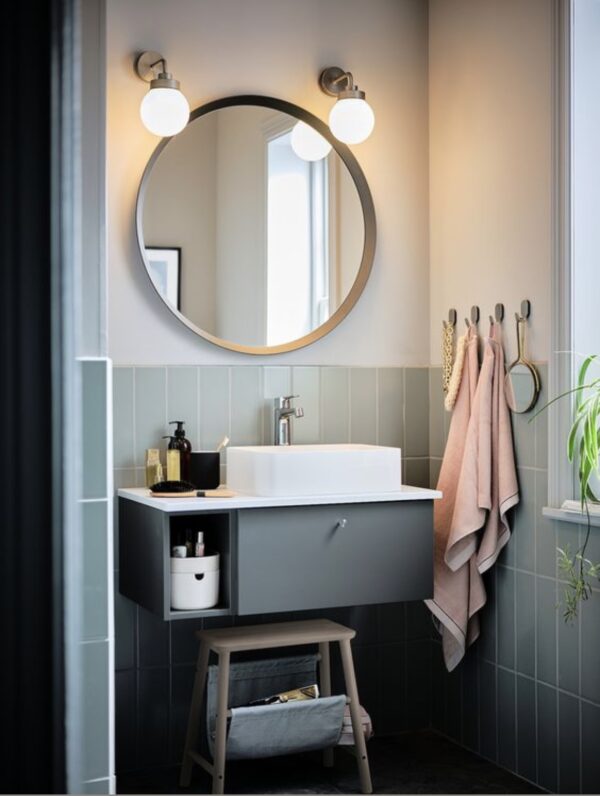
Once you have your new downstairs toilet installed, you’ll need to start thinking about how you will decorate the area. The aesthetic of the space should be in keeping with the rest of the downstairs area, complementing the styles already in use.
While decorating smaller bathroom spaces can be more challenging, you can still create a unique look using one or two decorative touches. Tiling on the floors or walls can also be a great way to give the room character without taking up too much space in the room.













































